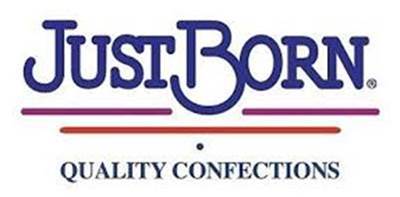Follow Us On Facebook
Thanks to the amazing team at Robert Half volunteering with us, we had a blast! 🙌 Your hard work and kindness make a huge difference in the communities we serve. Together, we can continue to create positive change. Thank you for being our partners in making the world a better place! 💖
Feel free to share your own volunteering experiences in the comments below. #Robert Half #CommunityCare #volunteersrock
... See MoreSee Less

March is National Nutrition Month® and the theme this year is Food Connects Us!
Family meals are a great way to use food as a connector! Sharing meals together boosts nutrition, supports healthy habits and strengthens relationships.
Try one of these easy tips to make family meals happen more often in your home:
-Keep it simple: Attempting to make a meal with 20 ingredients is a recipe for disaster. Instead, build a small collection of go-to recipes to help you get in and out of the kitchen in under 30 minutes.
-Choose ingredients that multitask: Ingredients you can use for more than one meal can be a major time saver. Instead of making just three chicken breasts, consider making six. This way, you can use the extras in other dishes such as chicken salad or fajitas.
-Make it a habit: Make sure each family member knows that everyone is to be home for dinner at a particular time. When everyone expects to enjoy dinner at 5 p.m. on Sunday, they'll begin to look forward to this family time and will arrange their schedules around it.
-It's OK to ask for help: If you’re feeding the whole family, you already have helpers right at your fingertips. Ask others to set the table, pour drinks or help make a salad.
-Make it fun: Add some fun and excitement with food themes. Throw a blanket on your family room floor and enjoy a picnic. Let everyone choose a theme and you'll see that your choices are endless.
Which will you try first?!
#nationalnutritionmonth #NNM #trynewfood #feedingpennsylvania #feedingPA #foodpantry
... See MoreSee Less

🎉 Shoutout to our March Volunteer of the Month: Marty! 🎉
Marty's dedication to picking up retail recovery items from local supermarkets is truly inspiring. His efforts help us make a real difference in our community. 🌟
Thank you, Marty, for all that you do! 💙 Let's give a round of applause to celebrate our amazing volunteer! 👏
#volunteerappreciation #ourhero
... See MoreSee Less

Please help us sdvocate for lasting solutions to hunger!
Urge Congress to prioritize ending hunger in 2025. It only takes 2 minutes to fill out the form below, and your voice will be heard.
act.feedingamerica.org/ii3dbKfyd06loldfuL-yRQ2
#feedingamerica
... See MoreSee Less

Copyright © 2025 · All Rights Reserved · Allentown Area Ecumenical Food Bank · Terms of Use










Food Insecurity and Hunger
What is food insecurity?
Food insecurity is defined as a lack of consistent access to enough food for every person in a household to live an active, healthy life. This can be a temporary situation for a household or can last a long time. Food insecurity is one way we can measure how many people cannot afford food
What causes food insecurity?
Unfortunately, many people in America struggle to meet their basic needs which increases their risk of food insecurity. Lay-offs at work, unexpected car maintenance, or an accident on the job can suddenly force a family to choose between buying food and paying bills.
The causes of food insecurity are complex. Some of the causes of food insecurity include:
What are the effects of food insecurity?
Food insecurity can have a wide impact, depending on each individual’s circumstances. Some of the most common, yet complex, effects of food insecurity include:
Who faces hunger in the United States?
Hunger can affect people from all walks of life. Millions of people in America are just one job loss, missed paycheck, or medical emergency away from hunger. But hunger doesn’t affect everyone equally – some groups like children, seniors, and Black, Indigenous, and other people of color face hunger at much higher rates. Hunger also most often affects our neighbors who live in poverty. Many households that experience food insecurity do not qualify for federal nutrition programs and visit their local food banks and other food programs for extra support.
Facts about hunger in America according to USDA
The pandemic has increased food insecurity among families with children and communities of color, who already faced hunger at much higher rates before the pandemic.
See a map of Hunger in the Lehigh County.
© feedingamerica.org